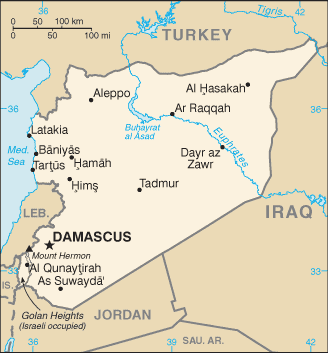In a significant shift, Russian President Vladimir Putin has come out of recent talks with Turkey’s President Erdogan and US President Trump also endorsing the idea of “safe zones” being established in northern Syria, envisioning the areas being created to provide buffers between rival forces and enhance the ongoing ceasefire.
 And while the Syrian government had previously rejected the proposal as set out by Turkey and the US, they also endorsed the Russian idea, terming the areas “deescalation zones” which could reduce the amount of fighting and confirm their commitment to the peace process.
And while the Syrian government had previously rejected the proposal as set out by Turkey and the US, they also endorsed the Russian idea, terming the areas “deescalation zones” which could reduce the amount of fighting and confirm their commitment to the peace process.
This, of course, is radically different from the “safe zones” as long presented by Turkey, and by extension what the US was presumably endorsing in their own talks with Turkey, as these zones were envisioned, while publicly housing refugees, as also serving as an untouchable base of operations for the rebels.
Indeed, that was the big selling point as far as Turkish officials were concerned, that the “safe zones” would allow rebel factions to go out and attack Syrian military targets with virtual impunity, as they could quickly flee back to the safe zones, safe in the knowledge that US warplanes would attack anyone who tried to retaliate against them.
Which of course is the opposite of how safe zones actually work, and also why Syria had been so dismissive of the idea in the past. The new, Russian-backed version appears intended to be fully demilitarized, as a way of keeping the growing number of warring factions in Syria away from one another.


